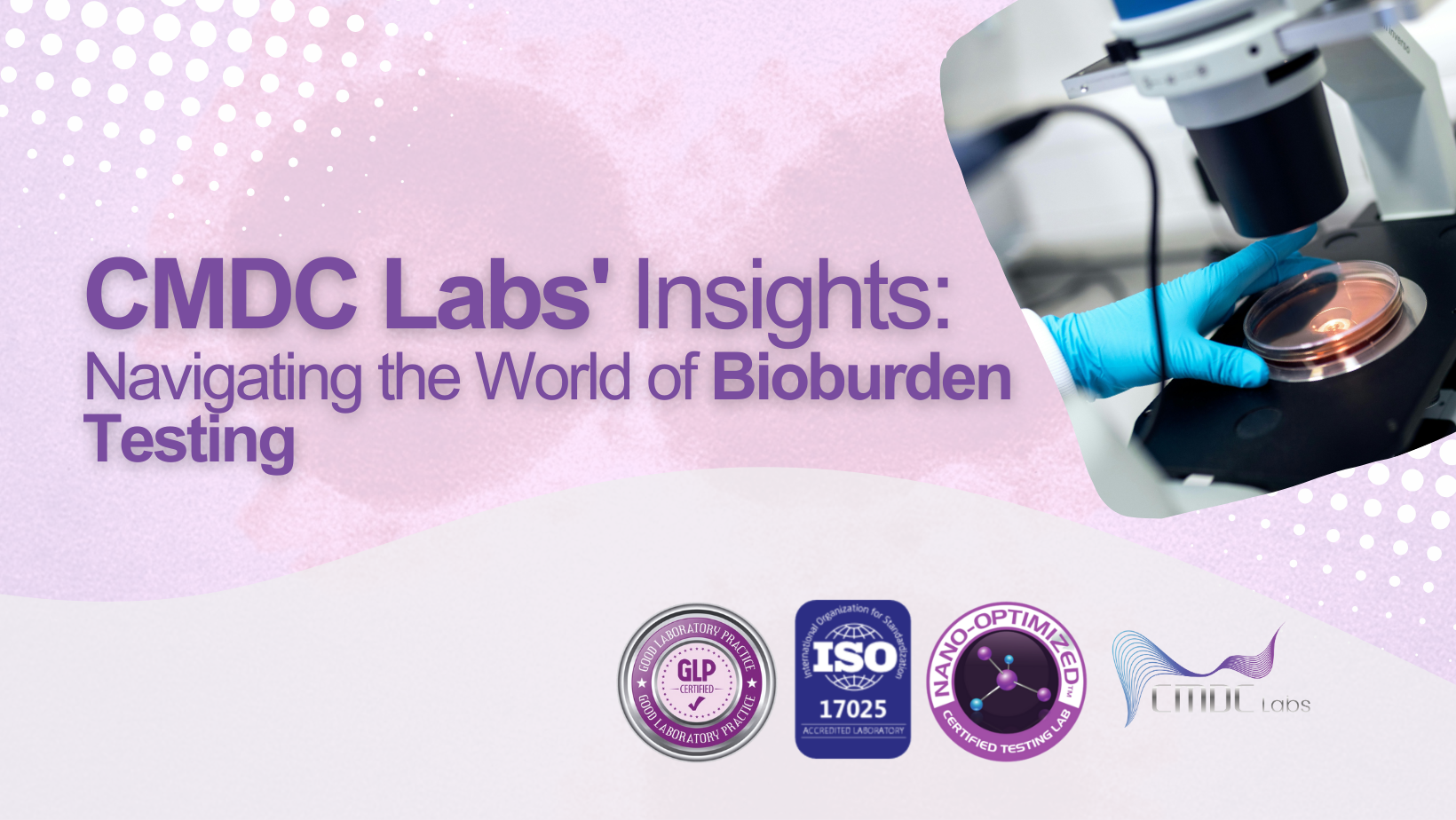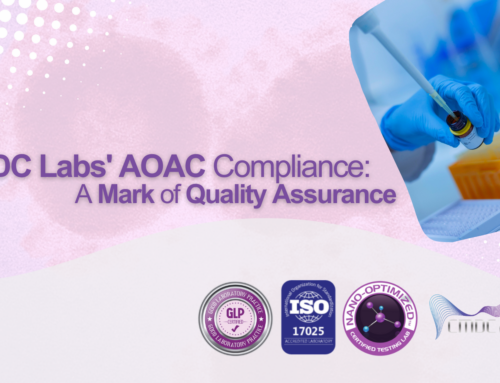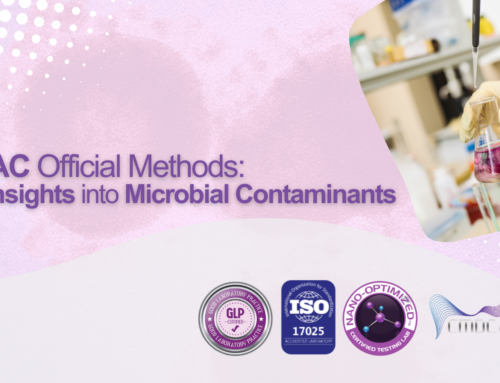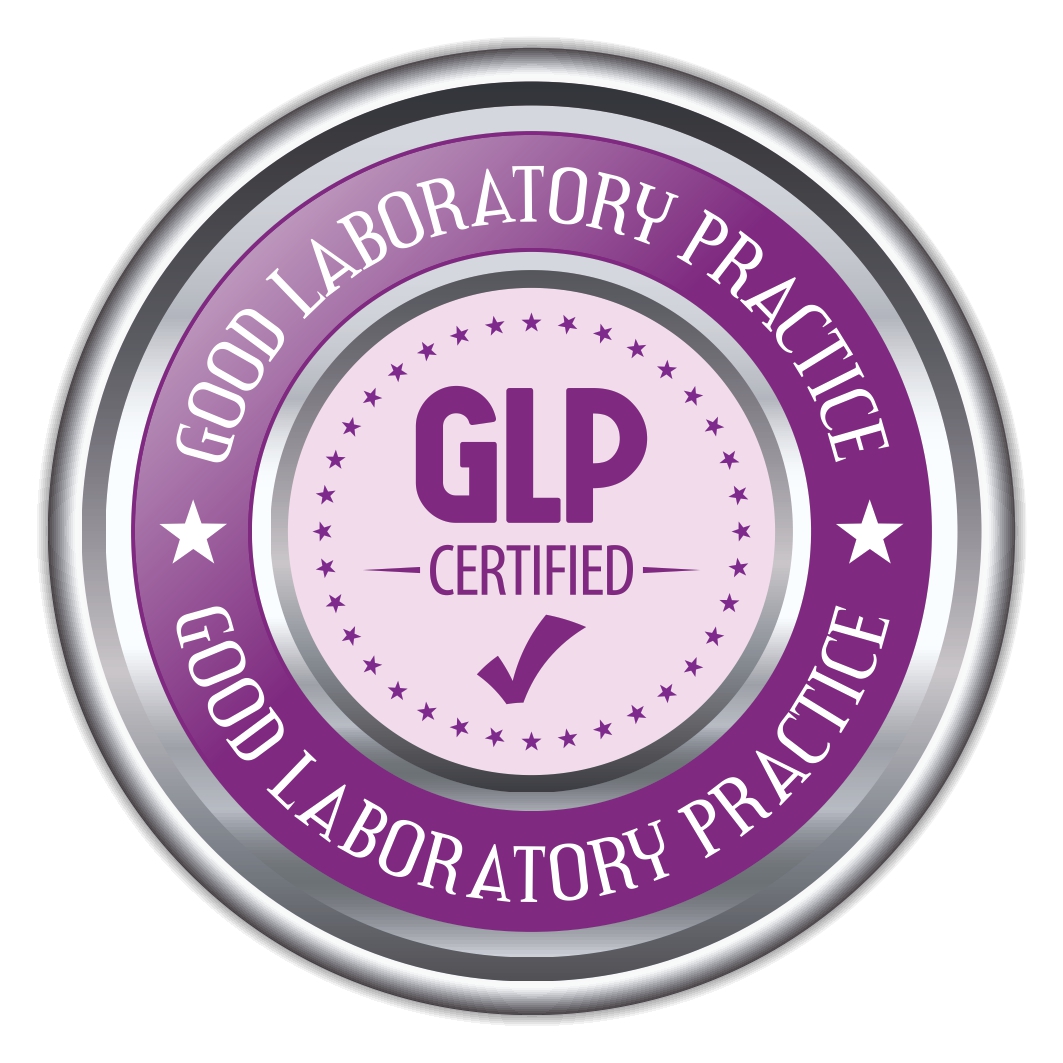Bioburden testing is a critical aspect of microbiological quality control in pharmaceutical, medical device, and healthcare industries. It involves quantifying the level of viable microorganisms present on or within a product or component, providing essential data for assessing product safety and ensuring compliance with regulatory standards. At CMDC Labs, we recognize the importance of accurate and reliable bioburden testing in safeguarding patient health and supporting product quality assurance. In this article, we delve into the fundamentals of bioburden testing, explore key considerations for successful testing, and highlight CMDC Labs’ expertise in delivering comprehensive bioburden testing solutions.
Understanding Bioburden Testing: Bioburden refers to the population of viable microorganisms present on a product or component before sterilization. These microorganisms, including bacteria, fungi, and yeasts, can originate from raw materials, manufacturing processes, or environmental sources and pose a risk of contamination if not adequately controlled. Bioburden testing aims to quantify the microbial load and identify the types of microorganisms present, providing critical data for assessing product safety and determining the effectiveness of sterilization processes.
Key Components of Bioburden Testing:
- Sample Collection: The first step in bioburden testing involves collecting representative samples from the product or component of interest using aseptic techniques. Sample collection methods vary depending on the nature of the product, its intended use, and the regulatory requirements. Common sampling techniques include swabbing, rinsing, and direct inoculation, each designed to capture microorganisms present on different surfaces or within different materials.
- Microbial Enumeration: Once samples are collected, they are processed in the laboratory to enumerate the viable microorganisms present. Enumeration methods typically involve inoculating the samples onto selective agar media and incubating them under controlled conditions to promote microbial growth. After incubation, colonies of microorganisms are counted, and the results are expressed as colony-forming units (CFU) per unit of sample volume or weight.
- Microbial Identification: In addition to quantification, bioburden testing may include microbial identification to determine the types of microorganisms present. Identification methods range from traditional biochemical assays to molecular techniques such as polymerase chain reaction (PCR) and next-generation sequencing (NGS), enabling rapid and accurate characterization of microbial populations.
- Sterility Testing: Bioburden testing is closely linked to sterility testing, which evaluates the absence of viable microorganisms in a product or component following sterilization. Sterility testing complements bioburden testing by providing assurance that the sterilization process effectively eliminates microbial contaminants, ensuring product safety and regulatory compliance.
CMDC Labs’ Approach to Bioburden Testing:
- Method Selection: CMDC Labs employs validated methods and protocols compliant with international standards, including ISO 11737 and USP <61> and <62>, for bioburden testing. Our experienced team evaluates the suitability of methods based on the product’s characteristics, intended use, and regulatory requirements, ensuring accurate and reliable results.
- State-of-the-Art Facilities: CMDC Labs is equipped with state-of-the-art facilities and cutting-edge instrumentation to support bioburden testing across a wide range of products and industries. Our laboratories adhere to Good Laboratory Practices (GLP) and ISO/IEC 17025 accreditation standards, ensuring the highest level of quality and compliance.
- Comprehensive Testing Services: We offer a comprehensive suite of bioburden testing services, including microbial enumeration, identification, and sterility testing, tailored to meet the specific needs of our clients. Our multidisciplinary team collaborates closely with clients to develop customized testing strategies and deliver timely and accurate results.
- Regulatory Expertise: With a deep understanding of regulatory requirements and industry best practices, CMDC Labs provides regulatory support and guidance throughout the testing process. Our team assists clients in navigating complex regulatory landscapes, interpreting testing results, and ensuring compliance with relevant standards and regulations.
Conclusion: Bioburden testing plays a crucial role in ensuring the safety and quality of pharmaceutical, medical device, and healthcare products. By partnering with a trusted testing laboratory like CMDC Labs, organizations can benefit from comprehensive testing solutions, expert guidance, and reliable data to support product quality assurance and regulatory compliance. With our commitment to excellence and innovation, CMDC Labs remains at the forefront of bioburden testing, empowering clients to navigate the complexities of microbial quality control with confidence.







